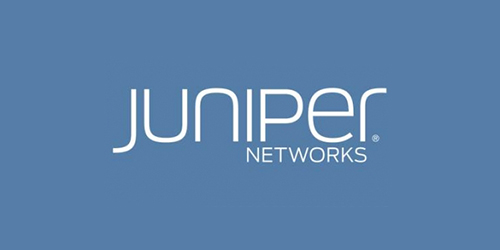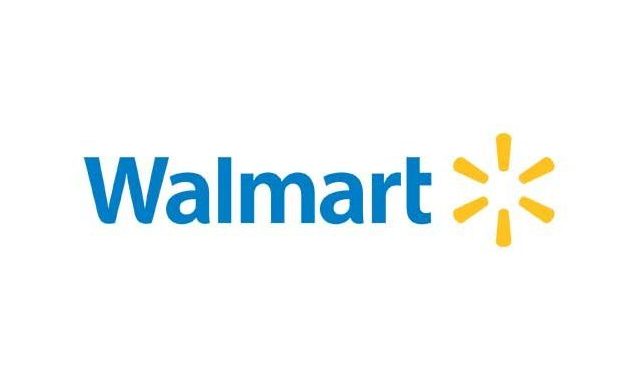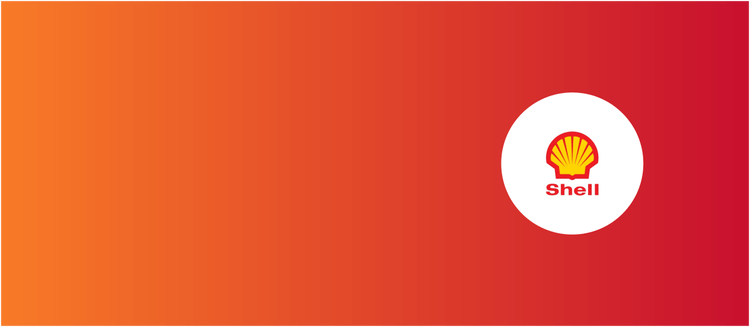Human Resources

How 5 Successful Companies Are Using HR Analytics

17 May 2020 - 4 min read
These days there’s a significant and increasing trend in companies turning to HR analytics to use ‘big data’ to generate new workforce insights into how their organisation and employees are operating.
When companies look to the large amounts of unanalysed data they have at their disposal and pair it with a people analytics software, they gain a new perspective on how their business is running and how to improve overall performance and efficiency.
While this data-driven approach is still a relatively new concept to many organisations, here’s how five successful companies are using HR analytics to their benefit and transforming how they hire, promote, and engage with employees.

1. Google
By way of HR analytics, Google has been able to completely reinvent HR within their organisation. They stand by the simple notion that people analytics allows for more accurate people management decisions.
These decisions are vital because they are the most impactful decisions that a business can make. Organisations can’t produce better business results unless their managers are making the most informed and correct decisions regarding their employees.
While Google’s HR team (now known as People Operations) uses HR analytics to look at productivity metrics to gauge effectiveness, these metrics – while still very important – don’t tell the whole story.
Google uses analytics differently by regularly surveying employees, checking the pulse of the workplace to consistently improve it. They use the feedback (or data) to optimise the numerous areas of its people processes and align them with their working culture.
As a result, they have many engaged employees with an average participation rate of 90%, ultimately showcasing their success in improving business methods and morale.

2. Juniper Networks
Juniper Networks, a networking and cybersecurity solutions company, believes in pushing the envelope when it comes to the radically changing HR industry.
They are constantly putting into question the typical assumptions that are made about HR, and they use HR analytics to focus on the business outcomes they’re aiming for. What’s more, they aren’t afraid of scrapping old processes or reimagining existing ones to achieve the best outcomes.
To illustrate, while using LinkedIn to help with recruiting potential employees isn’t new, Juniper Networks takes it one step further by using their big data to analyse not only where the top-performing employees come from but where they go after leaving the company.
The aim is to gain insight into diverse industry career paths, helping Juniper develop fresh and modern strategies for attracting and retaining current and future talent.

3. Wal-Mart
This American retail chain has a team dedicated specifically to studying people analytics, and they’re always pushing for further insights to create more value for their business.
Wal-Mart focuses largely on capability metrics, helping the business determine if processes are being rolled out the way they were initially designed to. If – over time – the process is working as intended, then they begin to analyse the value it brings to the business and employees.
The corporation also has a primary focus on employee turnover and movement as it relates to their workforce metrics. This feeds into their effort to monitor customer experience and sales as it aligns their HR analytics data to their larger business metrics.
The way that Wal-Mart uses people analytics enables them to illuminate roles and career paths for their employees, especially in relation to talent development and capability. The outcome is improved performance, efficiency, and greater success in virtually all the company does.

4. Microsoft
Over the years, Microsoft has been going through a sort of evolution in HR analytics, bringing them to a point today where they focus on data-driven HR as a best practice within their company, as well as offering their own line of HR analytics solutions to help their customers manage their businesses as well.
However, one of the most innovative things Microsoft is using HR analytics for is to develop statistical profiles of those employees who are more likely to leave their company – hires directly from university, for example.
Based on what they discover, they typically begin a variety of HR interventions, such as assigning mentors and opening further discussion for growth and earning potential within the company – making opportunity for enhanced workplace communication.
By focusing their approach on the parts of the business with particularly high turnover rates, Microsoft was able to reduce attrition rates by more than half in each instance and eventually adapt the same tactics to the other areas of business, improving overall employee experience and organisational processes.

5. Royal Dutch Shell
The original approach that this petroleum company took to analyse their wealth of data was unorthodox, to say the least, but is nonetheless worth mentioning.
Shell looked to their database of ideas that were generated by roughly 1,400 employees over the course of several years and then asked those employees to play a few video games.
Yes, video games.
These weren’t your typical video games, however. These games were designed by psychologists, neuroscientists and data scientists to measure human potential.
By gathering and analysing the results from the video games and comparing them with the real-world results of the employees’ suggested ideas, Shell was able to identify the people who tend to have the best ideas.
They did this by using their HR analytics software to identify six characteristics of individuals whose ideas were likely to succeed. These characteristics included social intelligence, implicit learning, and conscientiousness.
The result as it relates to present day is that the Shell company now has an increased ability to focus on employee suggestions and subsequently improve their business on a continual basis.
Pretty great, right?
When companies embrace HR analytics software and trust it to analyse and interpret quantitative and qualitative data, it enables leaders to dig deep into the roots of their businesses.
This provides a way for companies to better understand the patterns and behaviours of their employees and truly see how they influence productivity and engagement.
Want to find out more about HR Analytics? Download your free CIPD course guide here.
Download Your Free CIPD Course Guide
Get information on our CIPD courses
Share this post












